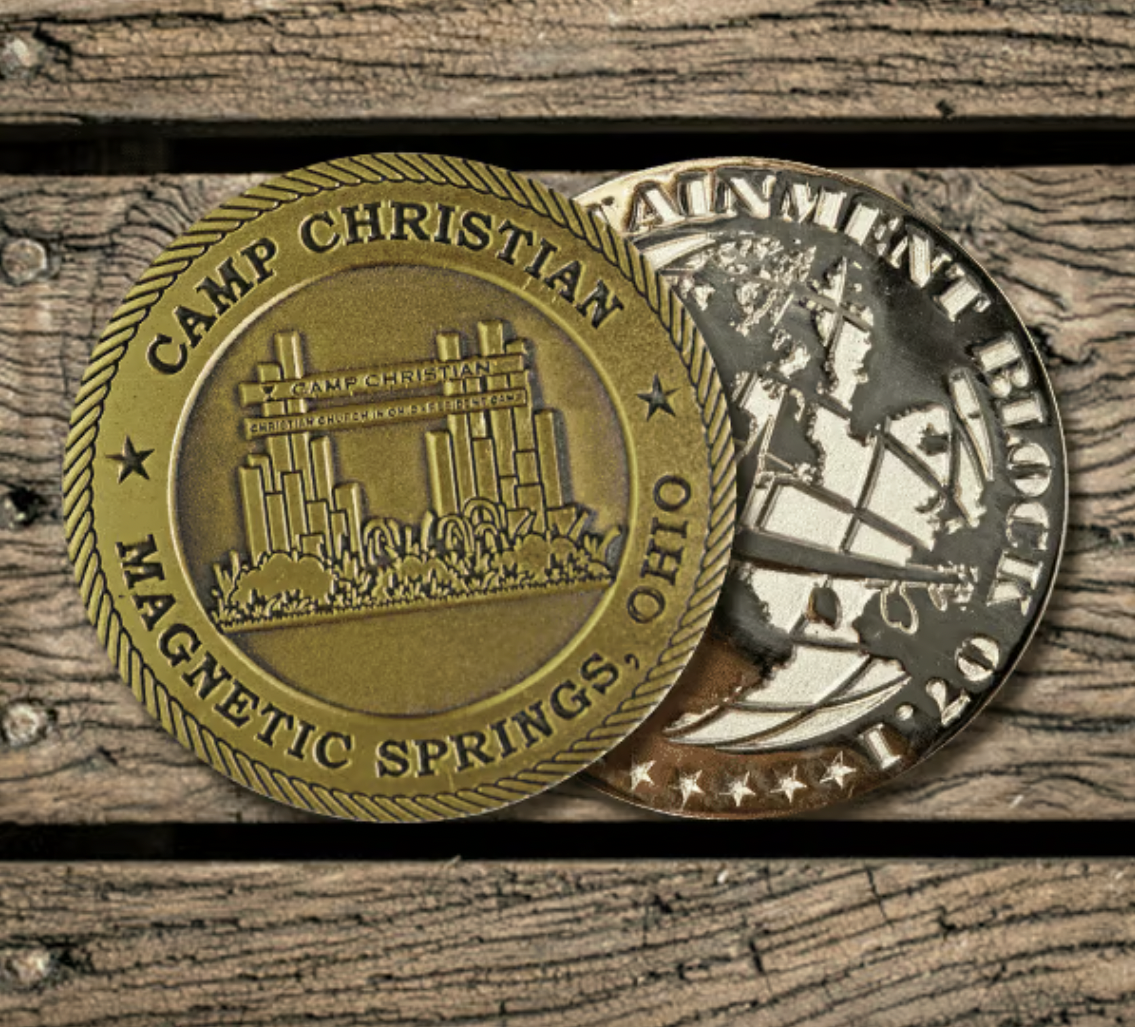
In the realm of manufacturing, particularly in the production of metal goods, two common processes stand out: die striking and die casting. While they might seem similar at first glance, they are distinct methods with unique characteristics and applications. Understanding the differences between die striking and die casting can provide valuable insights into their respective strengths and best uses.
Die Striking
Die striking, also known as stamping or coining, is a centuries-old method of shaping metal into intricate designs. The process involves placing a blank piece of metal between two engraved dies. These dies are then struck with tremendous force, imprinting the design onto the metal. The pressure applied during this process not only transfers the design but also compresses the metal, resulting in a crisp, detailed image. This precision ion makes it particularly well-suited for items where intricate designs or raised elements are desired, such as pin badges, key rings, coins, medals, and jewelery. Die striking also allows for customization, as the dies can be easily engraved with different designs to meet specific requirements.


Die Casting
On the other hand, die casting is a manufacturing process that involves injecting molten metal into a mold cavity under high pressure. Once the metal cools and solidifies, the mold is opened, revealing the finished part. Unlike die striking, which typically involves cold working of metal, die casting utilizes hot metal, usually aluminum, zinc, or magnesium alloys.
Die casting offers several advantages over die striking, particularly in terms of efficiency and cost-effectiveness. It is a highly automated process that can produce large quantities of parts with minimal manual intervention. Additionally, die casting allows for the production of complex shapes with consistent dimensions and surface finishes. This makes it an ideal choice for manufacturing components for automobiles, appliances, and consumer electronics.

Contrasting Characteristics
While both die striking and die casting are used to create metal parts, they differ in several key aspects:
-
Detail and Precision: Die striking excels in producing intricate designs and fine details, making it suitable for decorative items. Die casting, while capable of producing detailed parts, may not achieve the same level of precision as die striking.
-
Material Flexibility: Die striking is typically limited to softer metals such as gold, silver, and copper. Die casting, on the other hand, can work with a wider range of materials, including alloys and non-ferrous metals.
-
Production Volume: Die striking is well-suited for low to medium production runs, whereas die casting is more efficient for high-volume production due to its automation and fast cycle times.
-
Surface Finish: Die striking often results in smoother surface finishes with crisp edges, while die casting may exhibit slight imperfections such as porosity or flash, depending on the complexity of the part and the casting process.
Shop die struck pin badges here www.brandedstuff.com/die-struck-pin-badges
Shop die cast pin badges here www.brandedstuff.com/3d-die-cast-badges
Shop die struck keyrings here https://brandedstuff.com/die-struck-keyrings

